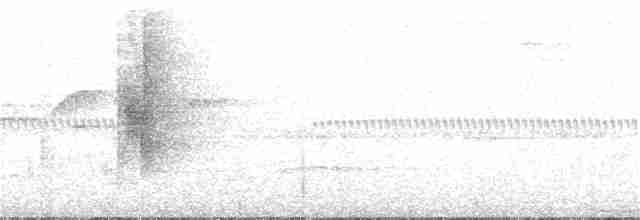Lesser Melampitta Melampitta lugubris Scientific name definitions
- LC Least Concern
- Names (22)
- Subspecies (3)
Walter Boles
Version: 1.0 — Published March 4, 2020
Text last updated February 4, 2013
Text last updated February 4, 2013
Sign in to see your badges
Species names in all available languages
| Language | Common name |
|---|---|
| Bulgarian | Малка черна пита |
| Catalan | melampita menuda |
| Croatian | mali crnjaš |
| Dutch | Kleine paradijspitta |
| English | Lesser Melampitta |
| English (United States) | Lesser Melampitta |
| Finnish | pittali |
| French | Petite Mélampitte |
| French (Canada) | Petite Mélampitte |
| German | Glanzflöter |
| Indonesian | Melampitta kecil |
| Japanese | クロチメドリ |
| Norwegian | dvergmelampitta |
| Polish | czarniak mały |
| Russian | Малая мелампитта |
| Serbian | Mala melampita |
| Slovak | prespevák dlhonohý |
| Spanish | Melampita Chica |
| Spanish (Spain) | Melampita chica |
| Swedish | mindre svartpitta |
| Turkish | Küçük Melampit |
| Ukrainian | Чорняк малий |
Melampitta lugubris Schlegel, 1871
PROTONYM:
Melampitta lugubris
Schlegel, 1871. Nederlandsch Tijdschrift voor de Dierkunde 4, p.47.
TYPE LOCALITY:
Arf ak Mountains, New Guinea.
SOURCE:
Avibase, 2024
Definitions
- MELAMPITTA
- lugubris
The Key to Scientific Names
Legend Overview
UPPERCASE: current genus
Uppercase first letter: generic synonym
● and ● See: generic homonyms
lowercase: species and subspecies
●: early names, variants, misspellings
‡: extinct
†: type species
Gr.: ancient Greek
L.: Latin
<: derived from
syn: synonym of
/: separates historical and modern geographic names
ex: based on
TL: type locality
OD: original diagnosis (genus) or original description (species)

- Year-round
- Migration
- Breeding
- Non-Breeding
Distribution of the Lesser Melampitta












































